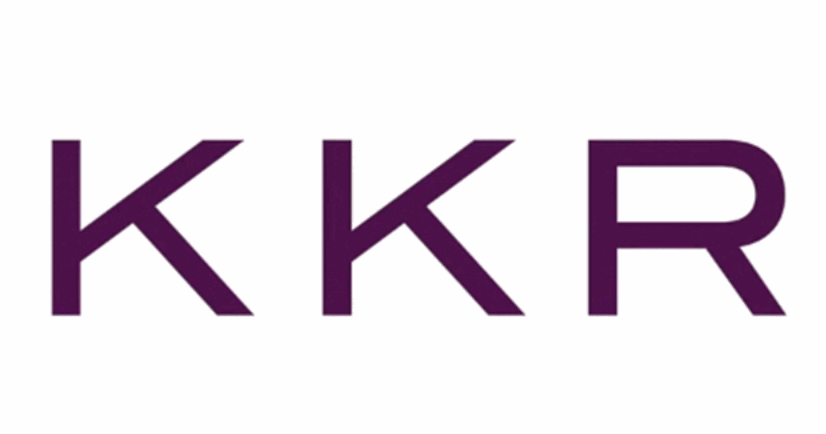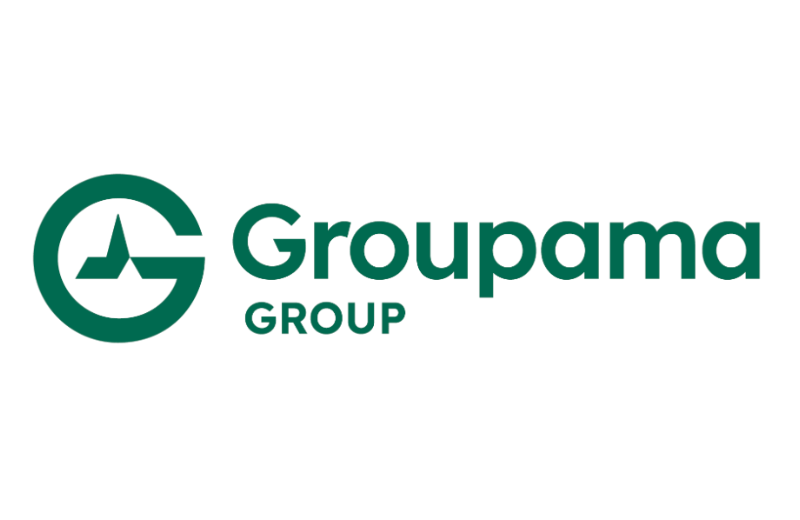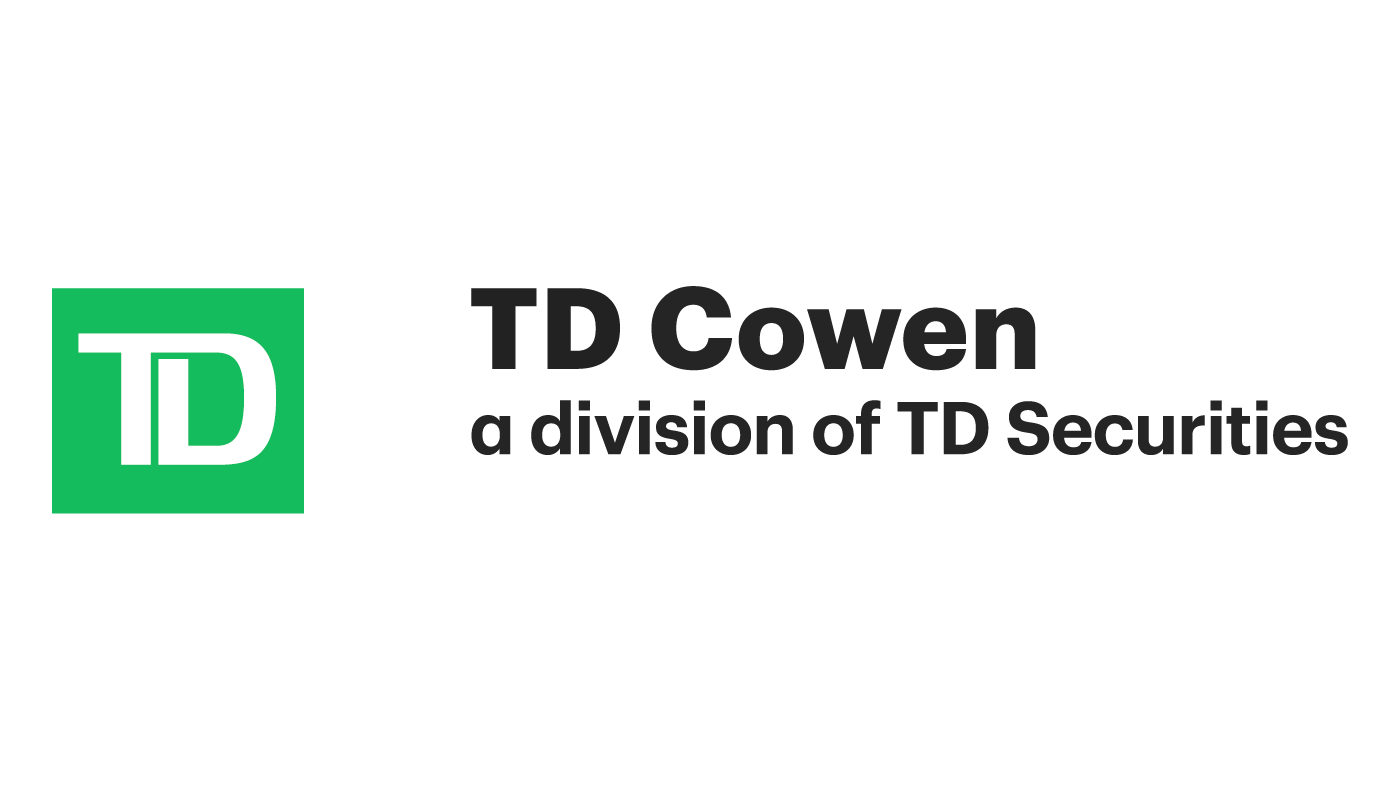
As investors consider their options post the US Liberation Day tariff’s announcement and resulting volatility, investment giant KKR anticipates the traditional 60/40 stock and bond portfolio split will be reimagined, with the firm’s Henry McVey suggesting the addition of insurance as an asset class for its diversification benefits.McVey, Head of Global Macro & Asset Allocation as well as the CIO of KKR’s Balance Sheet, and his team explore what recent financial market volatility means for investor priorities and portfolio mix.With many large and institutional investor portfolios having tended to follow an often US-dominated 60/40 approach, the KKR team believes that in the wake of the tariff announcements and having seen how US equities and bonds are performing, now is the time for allocators to reconsider their approach, reimagining the 60/40 status-quo.KKR explains, “While Henry McVey and his team continue to believe that we are still in a Regime Change for investing, they explain that the introduction of a potentially weaker dollar, coupled with their longstanding conviction in the correlation between stocks and bonds moving from negative to positive, could have significant implications for asset allocation.
“They specifically note that the depreciation of the U.S.dollar, sell-off in equities and decline in bond prices seen following the April 2nd Liberation Day announcement have challenged the following two fundamental underpinnings of modern-day asset allocation theory: “In light of these changes, McVey and his team posit that the traditional role of U.S.government bonds in 60/40 portfolio structures may diminish and that investors could benefit from incorporating international bonds to provide diversification benefits.” The KKR report published by McVey and his team goes into great detail as to why investors could look to adjust their more traditional portfolio approach, with a general diversification away from US assets towards more international exposure seen as one area of change likely to come under this new investing regime.
But they also look at how investors could go further, by introducing alternative asset classes and non-correlated diversifiers into their portfolios.One learning from the KKR team’s interactions post-Liberation Day, “involves the role of international bonds, including investors’ increased desire to own more non-U.S.fixed income, alongside more private market Alternatives, that can help to further diversify a portfolio.” Having run some scenario analysis on the effects of adding private market alternatives to portfolios, the team explains, “We believe that we have entered an environment where CIOs and boards need to spend more time thinking about non-correlated diversifiers in their portfolios.” Non-correlation only increases in importance in the new investment environment regime that the KKR team envision.
Their analysis shows that the additional of alternatives may offer diversification benefits to global portfolios, while also potentially enhancing returns and offering some inflation protection as well.If correlations within the assets traditional 60/40 portfolio mix are changing, potentially becoming less favourable, adding uncorrelated diversifiers can deliver a pick-up in returns and some defensive capabilities, it seems.Given the “importance of non-correlation in a volatile world” the KKR analysis has included insurance and reinsurance as an asset class within the portfolios they have included in their scenarios.
The KKR report states, “In today’s market, we must ‘make our own luck.’ The risks of a falling dollar, rising interest rates, and a weakening equity market have been mitigated, but new developments like ‘Liberation Day’ and DeepSeek suggest valuations may be capped compared to previous periods of U.S.exceptionalism.“Against this backdrop, we favor control positions in Private Equity, particularly those with operational improvement stories, focus on market dispersions and higher capital structure securities in Credit, and find Real Estate Credit and growth Infrastructure in Real Assets attractive.
“We also think non-correlated, yielding asset classes such as Insurance can potentially be additive as well.” Japan, India, and Germany are preferred countries for investor focus, alongside an equal-weighted approach to the S&P 500, KKR explains.They also hold to their investment themes of: Security of Everything, Capital Light to Capital Heavy, Productivity/Worker Retraining, Collateral-Based Cash Flows, and Intra-Asia Trade.Capital Light is a theme of relevance to insurance and reinsurance-linked investments, with the insurance-linked securities (ILS) asset class a good example where an industry’s capital base has been transformed through capital light approaches to enhance the original business model.
KKR’s scenario analysis for its modified 60/40 portfolios shows that the mix that could potentially deliver the highest 20-year realised annual returns, along with the lowest 20-year realised annual volatility, is the once which includes an allocation to reinsurance.With reinsurance, KKR uses its own post-2016 proxy for this and it’s not clear if this is based on the returns it has derived from its own investments in the insurance and reinsurance market, or some other benchmark.While it’s also unlikely this is based on a pure catastrophe risk approach, as seen in most of the ILS market, the analysis does show the beneficial nature of the lack of correlation insurance-linked assets can deliver to investors.
Portfolio ‘E’ in the diagram below is the one that includes a reinsurance allocation: Portfolio ‘E’ consists of: 40% public equities; 20% global bonds (ex-US); 10% real estate credit; 10% asset-based finance; 10% infrastructure; and 10% reinsurance.While it shouldn’t be taken as a straight recommendation to allocate 10% into the insurance-linked securities (ILS) market, for investors KKR’s thinking around how to navigate the regime change in investment opportunities drives home the benefit of relatively uncorrelated diversifiers such as the insurance-linked asset class.For the full and very detailed analysis of the current investment landscape we’d advise you ..
All of our Artemis Live insurance-linked securities (ILS), catastrophe bonds and reinsurance can be accessed online.Our can be subscribed to using the typical podcast services providers, including Apple, Google, Spotify and more.
Publisher: Artemis








